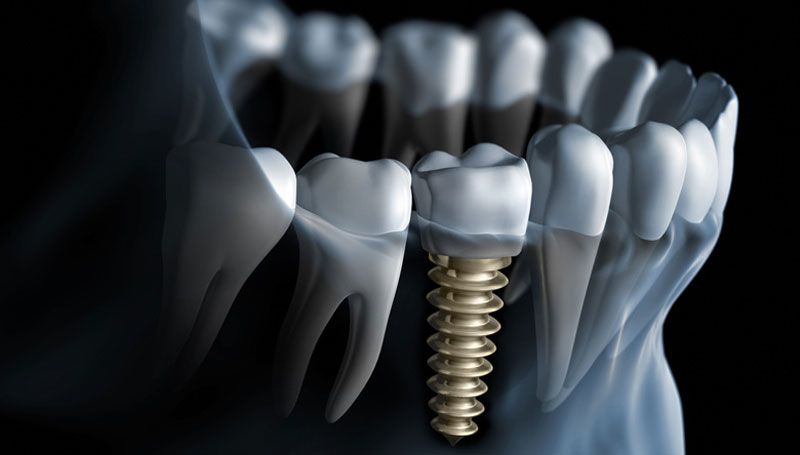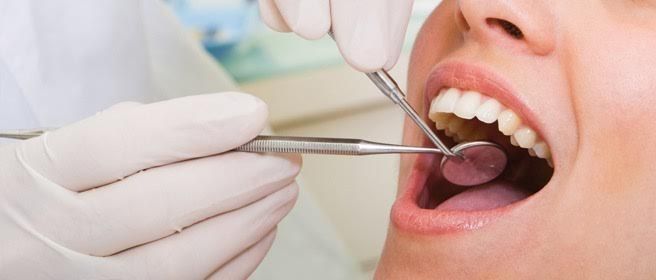Pediatric Sleep Disordered Breathing
Pediatric Airway: It is the basis of our adult airway when we grow up, but it also plays a huge role in our development. Today I was fortunate to be interviewed on Clarksville Now’s conversations podcast about this topic. Kiddos threshold for diagnosis is so much lower than an adult’s. Just one episode of a disruptive breathing episode per hour can give them a diagnosis and completely disrupt their sleep needed for their developing mind and body! Have you, like so many others, been told your child will grow out snoring, or grinding their teeth? Yes, they might, but at what cost??? The child’s brain is full of activity and needs the best night’s sleep to do its job to develop normally and on time. But what should parents look for, or how do they know its a problem? If a child sleep 8-10 hours a night we think, great! But how is that “quality” of sleep? The more serious signs to look for are; snoring, grinding their teeth, long periods of holding their breath or gasping for breath?
There are other signs and symptoms. Dentists trained in what to look for, like us, can help! The most critical time for airway development in children is from the age of 2-8. There is a lot going on in those little bodies during that time. In children things like ADHD, bedwetting, restless sleep, nightmares/night terrors, poor school performance, daytime sleepiness and other issues may be related to underlying sleep disordered breathing. Fortunately, simple a simple non-invasive sleep study at a sleep lab that tests children can rule in or out such a sleep disorder.
As Dentists, we see most children for the first time around the age of two. We look at their face, developing jaws, tongue posture, teeth, and the back of their throat. Unlike adults, most children with an un-diagnosed airway issue do not appear “tired” it is the opposite. They can be be hyperactive, have attention issues, bouncing off the walls, and downright difficult! We might ask, do they snore, wake up multiple times a night, have night terrors, wet the bed etc. We will look for signs of mouth breathing, poor tongue posture, proper jaw relationships, adequate spacing in primary teeth and take a good look at the back of the throat. At the back of the throat, we look at the length and position of the soft palate, the roof of the mouth (which is also the floor of the nose) and not to forget the size and shape of the tonsils. A trained Dentist will also ask the parents questions about their behavior, school performance, nighttime routines, etc. Based on what we see we can assist in contacting the pediatrician for a referral to a sleep lab.
Once there is a diagnosis of sleep disordered breathing the treatment should be based on the diagnosis. 1st line treatment for most kids is adenotonsillectomy-remove those tonsils and adenoids! If surgery is too risky the option to have tonsils reduced with a less invasive laser might also be an option. This is a same day surgery procedure with very little, if any, down time for children.
Other treatment options to help correct the situation might be a referral to a myofunctional therapist to help train the position of the tongue, feeding or speech therapist. Habit appliances to help stop thumb sucking or use of a pacifier might be recommended. Increasing in popularity lately would-be interceptive orthodontist. This is the use of removable appliances that aid in proper development of the jaws and oral pharyngeal structures. Kids tend to find these “retainer” type of appliances fun. Traditional orthodontics such as palatal expanders or head gear might be in order. Treatment should be based on the individual child’s needs, there is no one size fits all. CPAP therapy is uses as a last option treatment due to the hinderance of the pressures on the growth of the midface.
The healthiest form of breathing is nasal breathing. If a child trends toward mouth breathing, there is most likely a bigger cause that should be evaluated and addressed. It could be allergies, poor nasal development, or again those pesky tonsils and adenoids. An ENT can be a great friend in the development of pediatric airway breathing.
A child with a tongue tie will have difficulty posturing their tongue correctly. This becomes an issue not only with breast feeding but normal development of the floor of the nose or roof of the mouth. A simple “frenectomy” with a laser is a quick and all but painless procedure for baby or young child with very little down time, but it can have a dramatic affect.
A diagnosis of sleep disordered breathing in children and proper treatment based on that diagnosis can literally change the trajectory of that child’s life. It can affect their self-esteem, how they do in school, what career they pursue, who they marry, ultimately WHO THEY BECOME! This will in turn affect the hundreds of thousands of people who they touch throughout their life. The ripple effects are endless!
If you suspect a sleep disordered breathing in your child, follow your gut! Tell your child’s pediatrician your concerns, and if they don’t refer for your child to have a sleep study come see us. We will screen your patient and send the pediatrician a letter requesting the referral.
There is too much at stake to look to ignore or hope a child will grow out of these types of issues. The health and well being of our kiddos should not be ignored!
Jennifer J. Cornell, DDS, FAGD
Owner of Back 2 Basics Dentistry and Dental Sleep Solutions of Clarksville
931-645-8000



